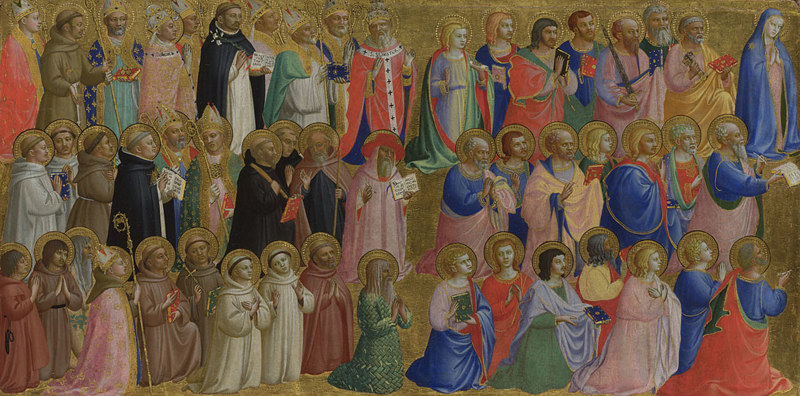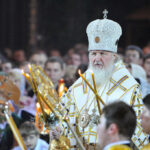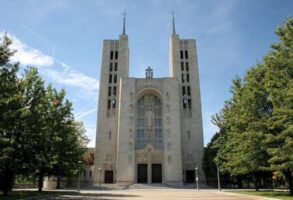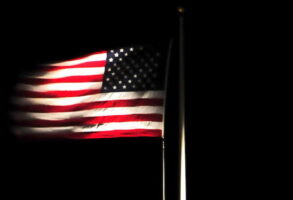
Published July 9, 2020
very year, the USCCB publishes a report on how well the Church in the United States is implementing the Dallas Charter (the 2002 document on handling charges of abuse of minors). It includes results from the most recent independent audit of dioceses and eparchies, points out where changes are needed, and makes recommendations for improvement. The report also provides statistics about abuse allegations made during the previous year.
The most recent report – covering July 2018 through June 2019 – appeared last month. It begins with a summary list of the relevant, abuse-related events over that period covered by the report, starting with the suspension from ministry of Theodore McCarrick in June 2018. The list continues for five more pages. To someone who has followed the abuse crisis closely, there is nothing new in that summary. But seeing it all laid out in one place is still a bit staggering.
Unsurprisingly, with clergy abuse so much in the news, with dioceses conducting reviews of old clergy files, and with many jurisdictions opening “look-back windows” on the civil statute of limitations, the number of abuse allegations spiked considerably last year. According to the report, “Between July 1, 2018 and June 30, 2019, 4,434 allegations were reported by 4,220 victims/survivors of child sexual abuse by clergy throughout 194 Catholic dioceses and eparchies.”
Thus, 4,434 previously unreported allegations in one year. To put that in context, it’s more than the number of allegations reported in the four previous years combined. And it easily tops – by more than 1,000 – the previous record for the most new allegations in a single year (3,399) set in 2002.
About one-quarter of these new allegations (1,034) are considered “substantiated,” by which the report means they have been “deemed credible/true based upon the evidence gathered through the investigation.” Most of the other new allegations are either “unable to be proven” (usually because the accused is deceased), still under investigation, or still awaiting investigation. Only 147 allegations out of 4,434 have been determined to be “unsubstantiated.”
These numbers are depressing, both in the sheer volume of cases, and in the high percentage of unresolved cases. But perhaps the numbers are not as depressing as they first appear.
The tsunami of new reports unleashed since the summer of 2018 has, if anything, reinforced the data showing that clerical sexual abuse in the Catholic Church is very rare (with the usual caveats about one instance being one too many) and has been for decades. The report indicates that only 2 percent of the new allegations covered in this report allege abuse that occurred or began after the year 2000.
Of the 4,434 allegations, 37 involve victims who were minors during the years covered in the report. Of these, eight allegations have been substantiated, and in each case the accused has been removed from ministry and reported to law enforcement. Thirty-seven current allegations of child sexual abuse by Catholic clergy in one year is not exactly something to crow about. But it does suggest that, even in the “worst” of years, the incidence of child sexual abuse in the Catholic Church today is low and a mere fraction of what it was 40 or 50 years ago.
There is a certain kind of bishop who knows this all too well. He sees clerical sexual abuse as a problem that is overwhelmingly a thing of the past. Such a bishop knows that if he spends all his time looking after the past he will have little time or energy or money left for the present, let alone the future. Such a bishop may see the abuse crisis as a massive pastoral problem, though less because there is a great deal of clerical sexual abuse that needs to be stopped (there isn’t) than because the crisis is sucking all the evangelical air out of the room and suffocating his diocese.
Meanwhile, many laypeople (and not just laypeople) still don’t trust our bishops. Other crises in our world have bumped our Church’s shame from the headlines, but the anger of the last two years (i.e., post the McCarrick bombshell), while mellowed, is not gone.
Mass-attendance rates continue to fall. Less than half of us can be bothered to attend Mass even once a month (and that was before the pandemic). Catholic marriage rates have cratered: marriages are down almost 50 percent since 2000. Infant baptisms are down more than 40 percent over the same time span. Adult baptisms are down more than 50 percent. Our bishops know all this. After all, they are the ones closing parishes and schools, and negotiating diocesan bankruptcies.
In these days when the slightest hint of guilt is enough to draw a merciless mob and every syllable is scrutinized, one can understand why a bishop would be cautious. Speaking in carefully crafted statements, saying only socially (or ecclesially) acceptable things, avoiding controversy, not rocking the boat, retreating to the safety of a false collegiality: these may be good strategies for keeping the peace. They are not the best ways for a pastor to regain the trust of his flock.
Our bishops need our trust; we need bishops we can trust. We owe it to our shepherds to let them try to regain our trust, as hard as that may be. As for our bishops, surely they know how difficult it is to trust a leader who never lets down his guard, who through contempt or fear, refuses to grant the very trust he demands in return.
Happily, there is a model for a better kind of shepherd: “A good shepherd lays down his life for the sheep. A hired man, who is not a shepherd and whose sheep are not his own, sees a wolf coming and leaves the sheep and runs away, and the wolf catches and scatters them.”
And there’s the rub: If we would have our bishops be good shepherds, we ought not treat them as hired men.
*Image: The Virgin Mary with the Apostles and Saints by Fra Angelico (assumed), 1423-24 [National Gallery, London]. This is a detail from the predella (lowest part) of the altarpiece made for the high altar at San Domenico in Fiesole, Italy.
© 2020 The Catholic Thing.
Stephen P. White is executive director of The Catholic Project at The Catholic University of America and a fellow in Catholic Studies at the Ethics and Public Policy Center.











